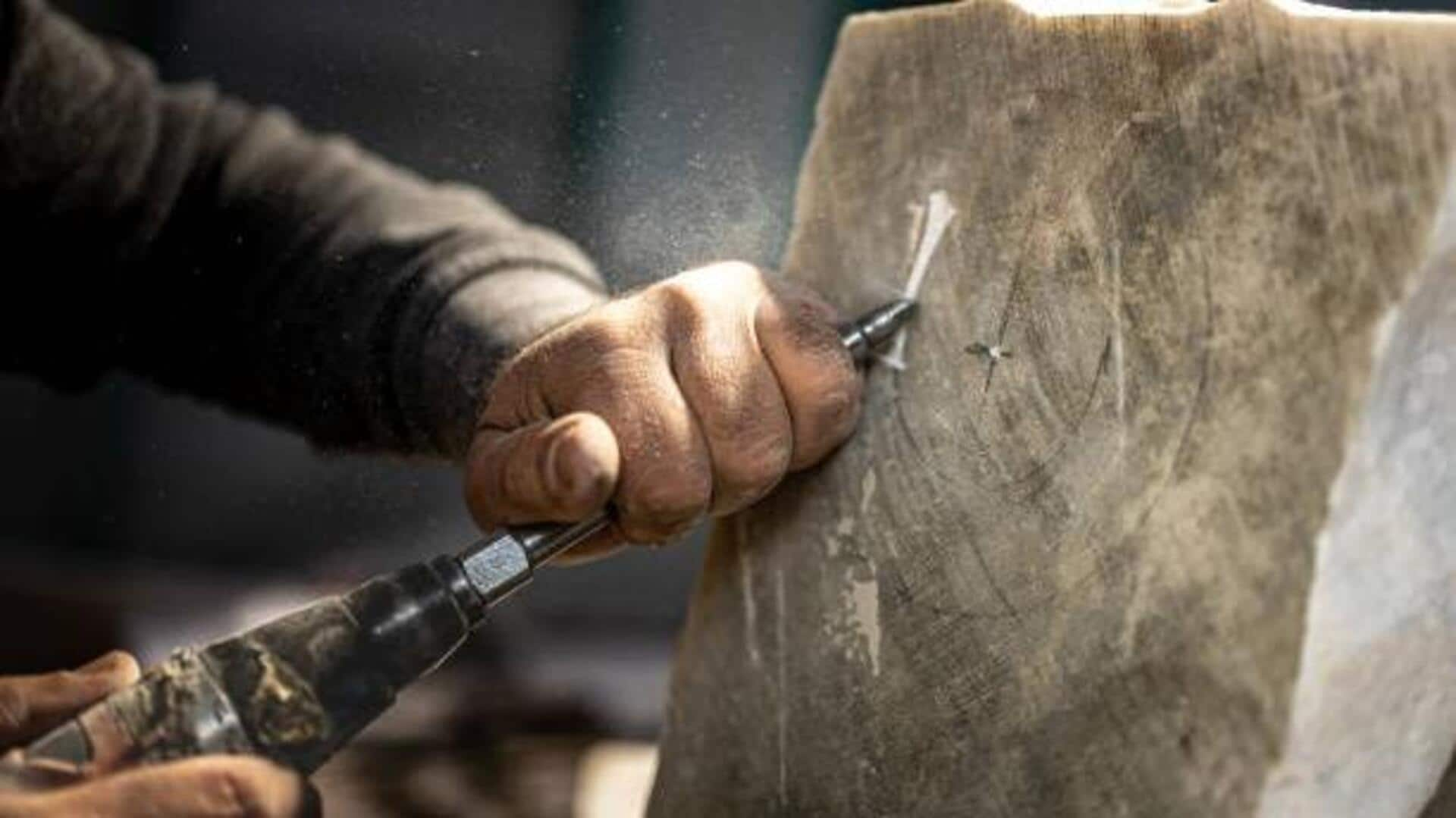
A beginner's guide to Shona stone carving
What's the story
Shona stone carving is an ancient African art form, known for its intricate designs and cultural significance. The craft, originating in Zimbabwe, has been practiced for centuries and is revered for its beauty and craftsmanship. With the right tools and techniques, anyone can learn this art form at home. Here are some practical tips on how to start your journey into Shona stone carving.
Tip 1
Choosing the right stone
Selecting the right stone is critical for Shona stone carving. The most commonly used stones are serpentine, soapstone, and alabaster, owing to their softness and ease of carving. Serpentine is famous for its vibrant colors, while soapstone is easy to work with. Alabaster is translucent and adds a unique quality to the finished piece. Choose a stone that suits your skill level and desired outcome.
Tip 2
Essential tools for carving
To start carving Shona stones at home, you need basic tools such as chisels, rasps, files, and sandpaper. Chisels are used for removing larger pieces of stone, while rasps help in shaping finer details. Files can smoothen rough edges, and sandpaper gives the final touch by polishing surfaces. Invest in good quality tools that fit comfortably in your hands.
Tip 3
Understanding traditional techniques
Traditional Shona stone carving techniques involve a deep understanding of form, balance, and symbolism. Carvers often draw inspiration from nature or cultural motifs, ensuring that each piece tells a story or conveys a message. Studying these techniques through books or online resources can provide valuable insights into the creative process behind this art form.
Tip 4
Practicing patience and precision
Carving Shona stones requires patience, as it is a meticulous process that takes time to master. Start with simple designs before moving on to more complex ones as your skills improve over time. Precision is key; take small steps when removing material from the stone, ensuring you maintain control throughout each stage of creation.